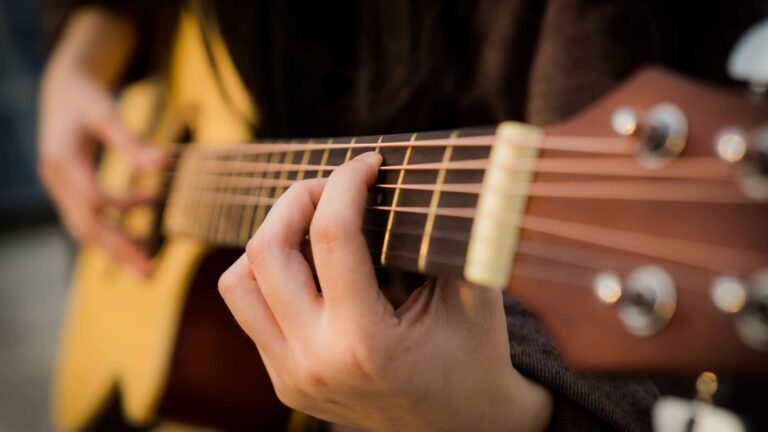Table of Contents
With a history spanning more than four thousand years, the guitar is globally cherished as one of the most beloved instruments. Its journey from being an ancient Greek instrument to its contemporary electric variant showcases just how far it has evolved through time and shape. From humble origins to electrifying performances, the guitar continues to mesmerize music lovers all over with its versatility and beauty.
The guitar has been a musical instrument that has fascinated people for centuries. This article will trace its evolution from a classical acoustic stringed device to an electrified marvel and examine how it has permeated almost every civilization worldwide.
The Early Roots of the Guitar

The guitar is a beloved instrument for all kinds of music, yet its exact beginnings remain debatable. Most linguists suggest that the word “guitar” originated from the Greek κιθάρα (kithara). The oldest predecessor to today’s guitars was likely crafted in Spain during the late 14th century and called a “guitarra latina”.
It has since evolved into many different shapes and sizes, accompanied by varying strings and tunings. Nowadays, it can be found playing anything from classical pieces to rock anthems!
The Origins of the Guitar
Generations of music lovers have treasured the guitar since its beginnings as an ancient Greek kithara, used by classical poets. Over time it evolved into the gittern, vihuela, four-course Renaissance guitar, and finally, to a five-course baroque version known today. By the 1500s Spain was already entranced by this beloved instrument’s melodious tones.
As time advanced, the guitar became more popular and beneficial in many genres of music, such as rock, blues, folk, and jazz. It even gained a lot of attention when it was adapted to electric forms like the bass and lead guitars. Nowadays, acoustic guitars are incredibly versatile instruments that can produce soft humming up to heavy riffs with just one instrument!
Throughout the world, the guitar stands as a powerful representation of music, and its past is shrouded in both intrigue and history. As technology advances, so does our comprehension of this beloved instrument’s legacy.
The Lute and the Vihuela
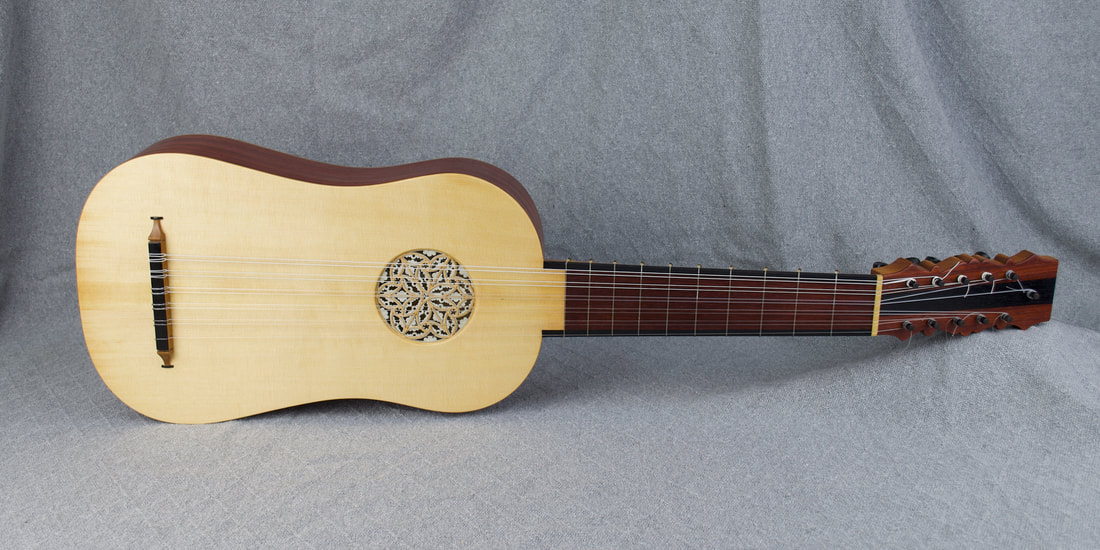
With a common ancestry of the 15th century, both the lute and vihuela are plucked string instruments. The former is akin to a mandolin, while the latter has taken on more characteristics from that of a guitar in terms of size and shape. Despite these similarities, however, their tuning differs greatly; the lute is tuned differently than its sister instrument – which follows in suit with standard guitar tuning conventions.
The lute and vihuela are enjoying a resurgence in popularity today thanks to their distinctive sound and malleability. Both instruments were favored during the Renaissance era, but now they can bring something special and new to modern ensembles alike. If you’re curious about exploring an uncommon instrument or just want a unique addition to your group, these two-stringed wonders should certainly be on your list!
The Development of the Four-Course Guitar
With a legacy spanning centuries, the four-course guitar is an iconic instrument. Developed during the Renaissance period, its double-string pairs quickly made it the preferred musical choice of its time. Everything from dances to fantasias and chansons was performed on this revered tool – giving life to secular genres across Europe.
For the past 85 years, research and documentation of the four-course guitar have been infrequent. Currently, most remaining examples are from earlier in the 17th century. The modern guitar is considerably larger than its 16th-century ancestor; however, individual craftsmen have begun to formulate their unique styles over time.
The Classical Guitar and the Spanish Influence
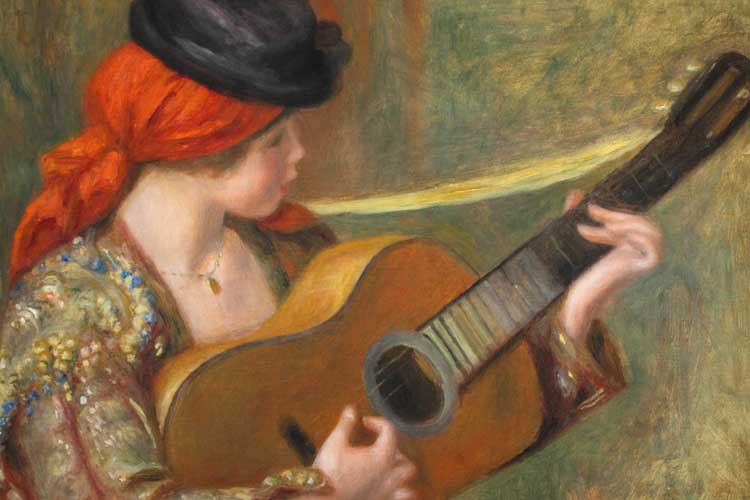
Spanning centuries, the classical Spanish guitar has been an integral part of its culture. This instrument traces back to two other instruments – the vihuela and gittern of fifteenth-sixteenth century Europe – that eventually developed into what we now know as the baroque guitar. The uniqueness of this instrument lies in its construction and sound; features like the “Spanish heel” have become symbolic aspects of it today.
It is no surprise, then, that the Spaniards adopted this marvelous piece for their use, popularizing it with their genres, such as classic music being composed with these strings. Furthermore, Spain’s gifted craftsmanship was responsible for further perfecting 19th-century guitars, which ultimately led to a global love affair with them!
The influence of Spanish Guitar Music
Spanish guitar music has proven to be timeless, leaving an indelible mark on contemporary musical styles. Its distinguishing sound is due to its utilization of nylon strings; their gentler timbre makes for a warmer and more mellow tone compared with steel strings. Flamenco, classical, jazz, pop – even rock – have embraced Spanish guitar’s characteristically soothing tones throughout the years.
Paco de Lucia, Andres Segovia, and Joaquin Rodrigo are only a few of the renowned composers whose works illustrate Spanish guitar music’s profound influence. This genre has also inspired present-day musicians to invent innovative sounds that reflect their individual styles. Consequently, this type of music maintains its essential role in today’s musical realm.
The Rise of the Classical Guitar
With a storied history that spans several centuries, the classical guitar has been heavily influenced by instruments like Vihuela and others from Mesopotamia to Spain and then across the Americas. Notable figures such as Johann Sebastian Bach and Andres Segovia have only added fuel to its popularity in recent times. But it was Antonio Torres who revolutionized classical guitar design during the 19th Century – giving this instrument it’s current ubiquitous standing among modern-day music lovers!
Notable Classical Guitar Composers and Performers
Music has forever been altered by renowned classical guitar composers and performers throughout history. From John Dowland to J.S Bach’s Baroque era glory, all the way up to Leo Brouwer’s present-day brilliance – these musical geniuses have left an irrevocable mark on their craft. Other prominent figures include Fernando Sor, Gaspar Sanz, Luis de Narvaez, and Agustín Barrios Mangoré; each of them adding a unique flavor to this timeless genre of music.
The Transition to the Modern Guitar

For centuries, the guitar has been on a continuous journey of development. From lutes and vihuelas to today’s electric guitars, it has undergone both sound and design transformations along its path. Fender’s industrial-style instruments in the 1950s were game-changers for modern guitar playing. Nowadays, this instrument is embraced by many genres, such as jazz or rock ‘n’ roll, due to its versatility and extensive range of sounds; no surprise that it continues to be one of the top picks among musicians!
Steel String Guitar
Since its inception in 1947 by Albert Augustine Strings, the steel string guitar has become a staple of both amateur and professional musicians alike. With its robust sound that is incomparable to traditional gut-string guitars, it’s no wonder why this instrument has taken center stage across various genres, from folk music to rock and roll. The versatility of these strings enables anyone with a passion for playing an exquisite array of sounds effortlessly!
The Development of the Archtop Guitar
Since its inception in Paris during the 1820s, the archtop guitar has been an essential part of jazz music. Its unique sound and full body structure, framed with a distinctive arched top, make it instantly recognizable. As time passed, this instrument developed many features, such as a carved top and tailpiece that allowed musicians to adjust their tone preferences. This legendary invention still plays an integral role in modern Central European musical culture today!
The Birth of the Electric Guitar
The electric guitar has completely transformed the music industry since its birth in 1931. Paul H. Tutmarc was credited with creating this revolutionary instrument, dubbed the Rickenbacker Frying Pan, which could amplify sound like never before and thus quickly gained favor among jazz aficionados who yearned to play single-note solos within larger bands.
The electric guitar revolutionized the way music was created and performed, enabling more complex melodies as well as solos to be produced. It also made it possible to craft an extensive range of sounds – from bright twangy tunes to dark distorted riffs. Thanks to its versatility, this instrument has become indispensable in many genres, such as rock, pop, blues, country, and metal.
The electric guitar has captivated the world with its unique timbres and musical styles. Its impact on today’s music is unarguable and will continue to shape our songwriting for years ahead, making it one of the most popular instruments in history.
The Impact of the Electric Guitar

The electric guitar has been a revolutionary force in the music industry since its invention in 1931. Its influence is undeniable, as it has quickly become an essential component of popular music – ranging from rock and roll to blues and jazz. Armed with this powerful instrument, musicians have explored new sounds that soon became intertwined with society- it’s now seen by many as a symbol of freedom and rebellion!
The electric guitar continues to shape modern culture by inspiring countless songs and performances, undoubtedly making an impact on our world for years to come.
Since its inception in the early 1900s, the electric guitar has revolutionized popular music and shifted our entire perception of it. This remarkable instrument gave way to innovative sounds, allowed musicians to explore different genres, and extend their reach beyond what was imaginable before. It’s no surprise that this iconic tool left an indelible mark on music history forever.
It’s no surprise that the electric guitar has become so beloved in modern music – from rock and roll to jazz, blues, and even classical tunes. The instrument creates some of the most iconic songs ever written with its versatility and distinct sound. Truly a timeless addition to any genre of popular music today, it is clear why the electric guitar continues to remain at the forefront of musical instruments despite advances in technology through time.
The rise of Popular Music and the Electric Guitar
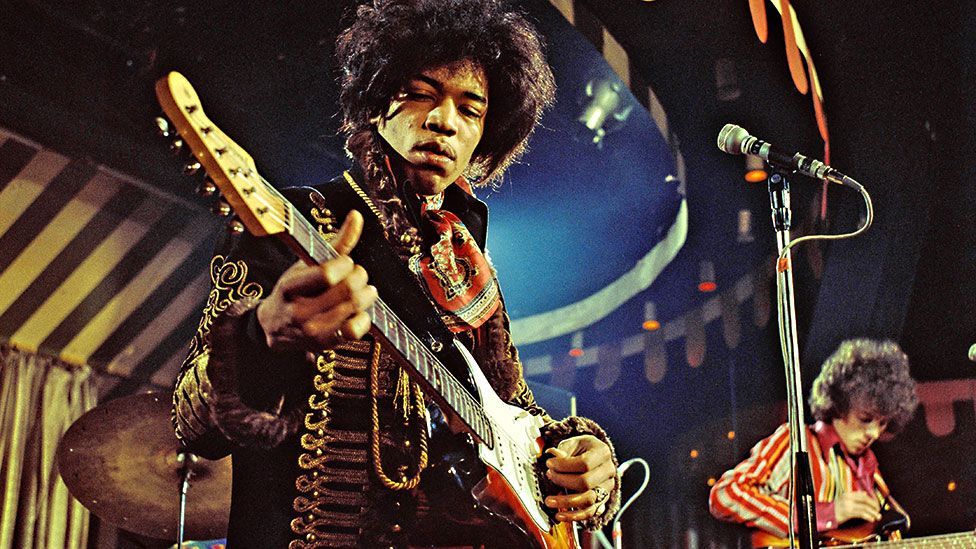
Legends of the guitar, like Jimi Hendrix and Eddie Van Halen, have left an indelible mark on the music by pushing the envelope with their iconic styles and cutting-edge techniques. The ripples created by these musical innovators are still felt today in countless genres across all forms of popular culture. Their influence continues to shape new generations of guitarists who strive to reach ever-greater heights with this beloved instrument.
The Role of the Electric Guitar in Shaping Modern Music
From rock and roll to jazz, metal to funk, the electric guitar has left an indelible mark on modern music. Its versatility and distinct sound have helped define a multitude of genres in their unique way, providing musicians with endless opportunities for artistry expression. Additionally, its ability to be amplified means that its crisp sounds can fill large venues – making it indispensable at live performances. Taking all this into consideration, one thing is certain: the electric guitar is essential for any musician hoping to stamp their presence on contemporary music today!
The Evolution of the Guitar in the 20th and 21st Centuries
For centuries, the guitar has been an integral part of music. However, it is the evolution during the 20th and 21st centuries that truly stands out. The invention of electric guitars in the 1930s was a game-changer: allowing artists to express their creativity with greater ease than ever before. As technology advanced over time, so too did the possibilities for new developments – such as multi-effects processors and digital amplifiers – enabling even more groundbreaking creations on this incredible instrument!
Boasting a wide range of applications, guitars are an incredibly versatile instrument that can be heard in virtually every type of music, from rock to classical and beyond. As we look into the future, it will be fascinating to witness how this extraordinary instrument continues to evolve and what new sounds it has yet to produce.
The Rise of Alternative Tunings and Playing Techniques
Alternative tunings and playing techniques have drastically changed the world of guitarists, allowing them to access a myriad of musical styles. Among these is Drop D tuning – one of the most widespread alternate tunings that offer players an abundance of volume for their sound as well as simpler access to lower notes. Other popular alternatives include Double Drop D, DADGAD, Open D, Open E, Open G, and Open A; inspiring musicians across all genres in ways never thought possible before!
By shifting the tuning of a guitar, an array of playing styles are unlocked- like fingerpicking, open chords, and slide guitar. This allows for masterful melodies that wouldn’t be achievable in standard tuning to come alive. Moreover, certain alternate tunings simplify access to notes or chords, which would otherwise be hard to reach on a regular-tuned guitar.
If you’re a beginning or advanced guitarist, exploring new tunings and playing techniques will help take your music to the next level. With alternative tunings and strategies at your fingertips, it’s never been easier to discover fresh musical styles and create unique sounds that are yours.
The Impact of Technology on the Guitar World
Technology has had a tremendous effect on the guitar-playing world. From automated tuning devices to midi pickups, today’s guitarists have access to an array of items and utilities that make playing more effortless yet still gratifying. The 1930s saw the debut of the electric guitar, which completely revolutionized music as we know it; since then, there have been countless creations like ToneWood Amp and Yamaha’s TransAcoustic technology – both providing effects similar to reverb or delay.
Technology has significantly impacted acoustic guitars in the past three decades, affecting design, amps, and accessories. With these technological advancements, it’s evident that playing and listening to music have drastically changed.
The Guitar’s Enduring Legacy

Throughout the decades, the guitar has captivated music lovers around the world with its varied sounds. Whether it’s electric or acoustic, there is just something about this versatile instrument that causes people to fall in love with it time and time again. Its longevity speaks volumes – after centuries of being a staple in popular music genres, the legendary status of the guitar shows no sign of waning.
As the guitar is an instrument that spans a multitude of genres, it’s no surprise why its sound has become so emblematic in music. It appears to be quite simple yet can offer limitless possibilities for exploration – whether you’re just beginning or have been playing for years. Plus, its timeless appeal offers up something new and exciting with each passing day! If there ever was one must-have tool for any musician, this would undoubtedly be it.
The Enduring Popularity of the Guitar
The guitar has rightfully earned its place as one of the top instruments in the world, with thousands of manufacturers and global revenues nearing $1 billion. This is due to its diversity, multiple notes at once feature, portability, and learning ability. The iconic Gibson Les Paul stands out amongst this remarkable musical instrument’s line-up for further exemplifying these qualities among others which have led to a timeless legacy that will likely never cease being appreciated throughout music history!
In the past few years, electric guitar sales have experienced a remarkable boost – 3 million instruments were sold just in the US in 2020! Fender’s Stratocaster is one of history’s celebrated electric guitars and still proves to be highly desirable. With such an extensive selection of styles and sounds available, it’s no shocker why this timeless instrument has firmly stood its ground for so many years.
The Guitar’s Impact on Music and Culture
The guitar has undeniably left an indelible mark on music, culture, and society. From classical to rock and roll, it’s been embraced in a multitude of genres for decades and is seen as an emblem of popular culture. The electric guitar revolutionized the soundscape when it was introduced in the 1950s and completely altered how we appreciate music today. It also serves as a means to express individualism or group identity while bridging cultural gaps all over the world still even now. Truly one of the modern-day’s most crucial instruments, its impact will continue into generations ahead!
The Future of the Guitar and its Ongoing Evolution
For centuries, the guitar has been a timeless instrument that has undergone tremendous transformation. From its original acoustic form to today’s electric models, it is an evolving work of art. As technology continues to surge forward, so do the prospects for this beloved musical device.
We are now seeing fresher designs and features being added to make playing easier and more exciting than ever before! Moreover, with recent advancements in sound engineering and digital effects, we can look forward to even greater developments down the road. The days ahead promise plenty of exhilarating things for all guitarists around the world – what a thrilling time it will be!
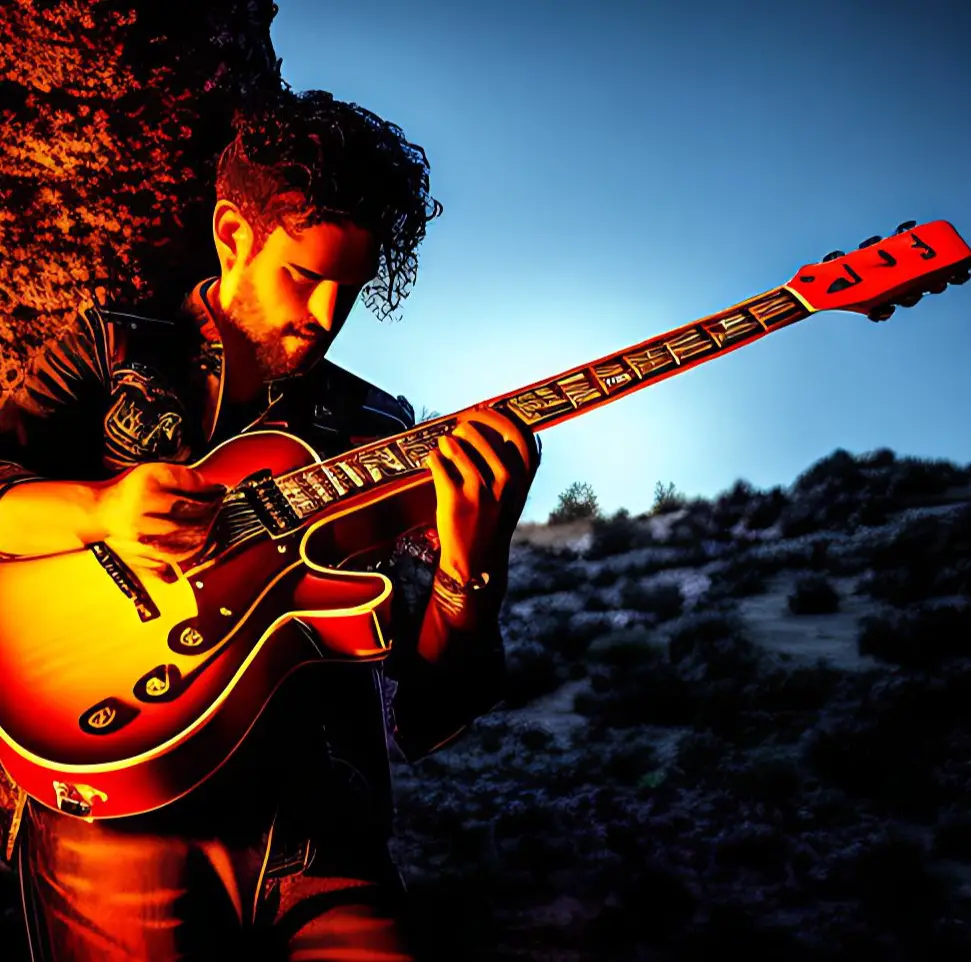
I have been playing guitar for the past 15 years, and my knowledge and passion for guitars prompted me to start Guitaresque to share my knowledge, tips, and tricks with other guitar players. The sole purpose of this website is to help and inspire guitar players worldwide, to improve their playing and their love for guitars.






